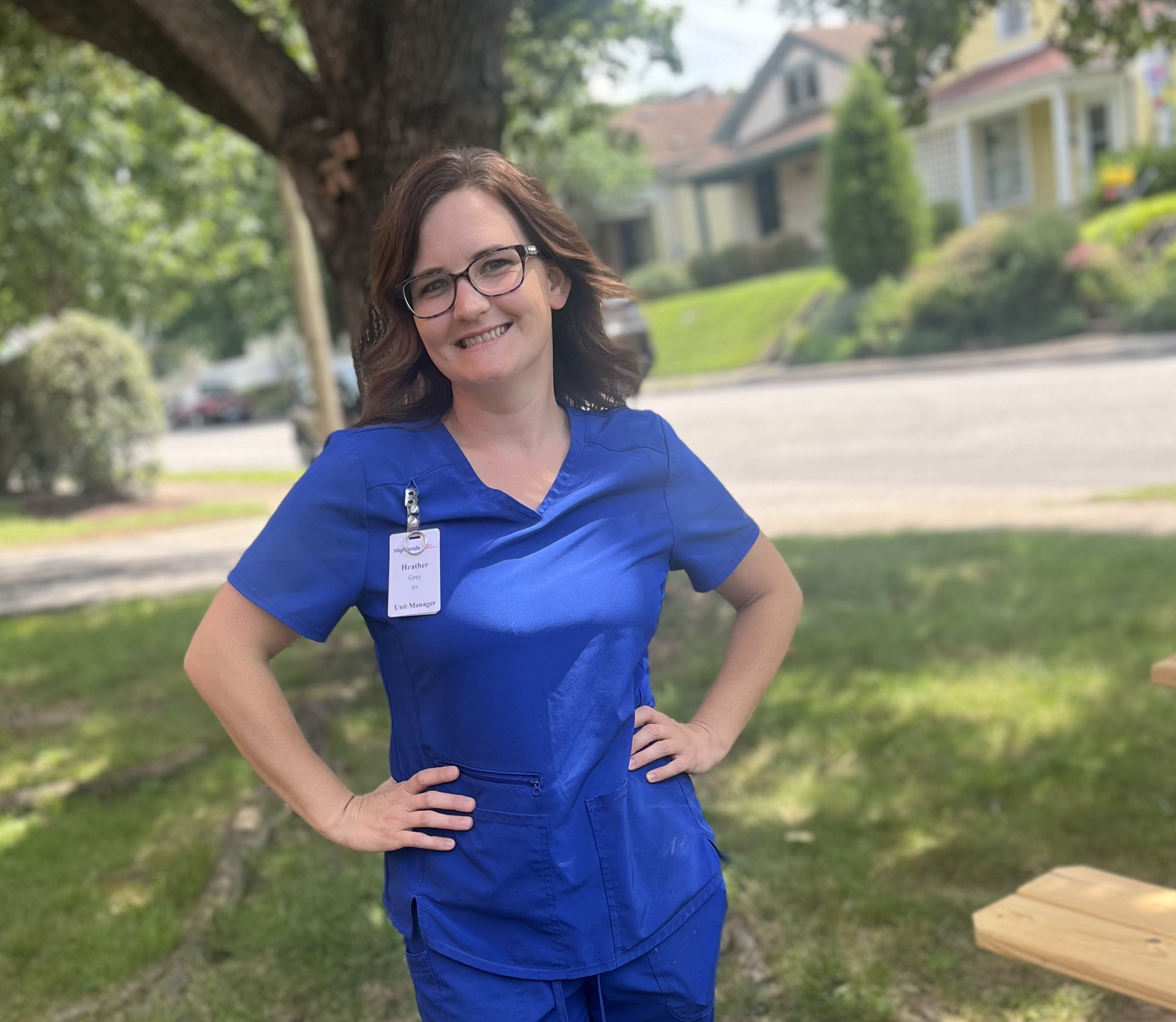Older Adult Fall Prevention
August 28, 2023Facts About Falls
Each year, millions of older people—those 65 and older—fall. In fact, more than one out of four older people falls each year, 1 but less than half tell their doctor.2 Falling once doubles your chances of falling again.3
- One out of five falls causes a serious injury such as broken bones or a head injury.4,5
- Each year, 3 million older people are treated in emergency departments for fall injuries.6
- Over 800,000 patients a year are hospitalized because of a fall injury, most often because of a head injury or hip fracture.6
- Each year at least 300,000 older people are hospitalized for hip fractures.7
- More than 95% of hip fractures are caused by falling,8 usually by falling sideways.9
- Falls are the most common cause of traumatic brain injuries (TBI).10
- In 2015, the total medical costs for falls totaled more than $50 billion.11 Medicare and Medicaid shouldered 75% of these costs.
Many falls do not cause injuries. But one out of five falls does cause a serious injury such as a broken bone or a head injury.4,5 These injuries can make it hard for a person to get around, do everyday activities, or live on their own.
- Falls can cause broken bones, like wrist, arm, ankle, and hip fractures.
- Falls can cause head injuries. These can be very serious, especially if the person is taking certain medicines (like blood thinners). An older person who falls and hits their head should see their doctor right away to make sure they don’t have a brain injury.
- Many people who fall, even if they’re not injured, become afraid of falling. This fear may cause a person to cut down on their everyday activities. When a person is less active, they become weaker and this increases their chances of falling.12
What Conditions Make You More Likely to Fall?
Research has identified many conditions that contribute to falling. These are called risk factors. Many risk factors can be changed or modified to help prevent falls. They include:
- Lower body weakness
- Vitamin D deficiency (that is, not enough vitamin D in your system)
- Difficulties with walking and balance
- Use of medicines, such as tranquilizers, sedatives, or antidepressants. Even some over-the-counter medicines can affect balance and how steady you are on your feet.
- Vision problems
- Foot pain or poor footwear
- Home hazards or dangers such as
- broken or uneven steps, and
- throw rugs or clutter that can be tripped over.
Most falls are caused by a combination of risk factors. The more risk factors a person has, the greater their chances of falling.
Healthcare providers can help cut down a person’s risk by reducing the fall risk factors listed above.
To learn more, please visit https://www.cdc.gov/falls/facts.html.





